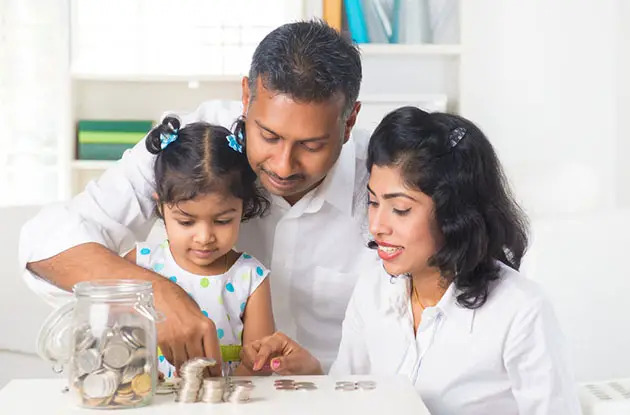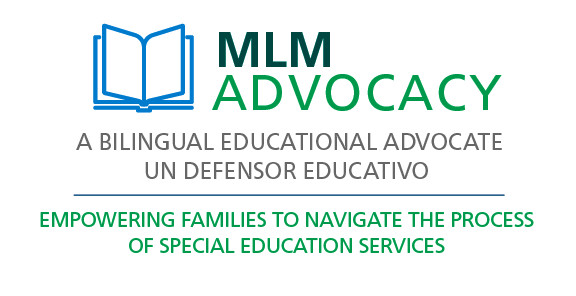
The Payoff of Teaching Kids Financial Literacy
Experts discuss how parents can establish skills from a young age to ensure kids will know how to handle their money.
Get can’t-miss family activities sent to you!
Get the Best Family Activities
Tips for Kids in Middle School
Get them involved. Middle school is the time when your child can learn about the value of real world items, such as the property value of your house and how much bills cost. This is also the age when he might receive his first debit card and learn how to deposit and withdraw money.
Discuss needs vs. wants. Have a conversation about discerning the difference between needs versus wants. Do you absolutely need a new pair of shoes or do you just want it? Asking questions like this establishes a foundation to be able to analyze whether spending hard-earned money on an item (especially material) is truly worth it.
Talk about saving for college. If your child wants to go to college, it is important for her to understand how expensive tuition will be and that saving for it should start now. “A lot of kids, poor and wealthy, do not really have an understanding of how you pay for college, from the savings that happens on the parents’ ends to taking out loans and borrowing money,” Paul says. This is also a good opportunity to talk to your child about loans—that they’re not free money and they have to be paid back with an interest rate.
Tips for Kids in High School
Have them start “adulting.” High school students will soon enough become full-fledged adults and should begin taking on more responsibilities. Many high school-aged kids may get their licenses, so this can be an opportunity to send them out to run errands at the grocery store, or even have them pay for gas or oil changes to get the experience of making everyday transactions independently.
Think about the big picture. Paul shared that Cents Ability teaches kids a 50-30-20 rule to manage their money. From each paycheck, 50 percent of it should go to absolute needs such as bills, rent, car insurance, etc.; 30 percent can go to miscellaneous items such as a vacation or clothes; and 20 percent should be saved in a bank account.
Make an investment. Stocks are an equity investment, and when you invest in one, there is a chance that it will yield a higher return over time. Murset advises teens buy stocks as a first step in learning how to invest money, even if it is just $20. “The best learning is done by doing,” Murset says, “Just jump in and buy some [stocks] and start watching them grow.”
Speak with a professional together. It’s okay to ask for help when you do not know the answer to your child’s question. Paul recalls a time when his mother set up an appointment for the two of them to speak with her tax accountant to learn about interest rates for college. “If parents do not know the answers to these questions, they should not feel embarrassed about it,” Paul says. “If you have someone who does your taxes every year, ask them to take a few extra minutes to explain these concepts to your kids. Most of them are happy to do it.”
RELATED:
How to Turn Your Child’s Extracurricular Activity Into Extra Cash for College
Adulting 101: Preparing Kids for the Real World






